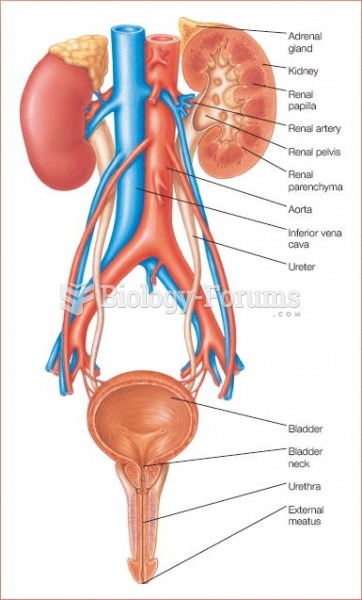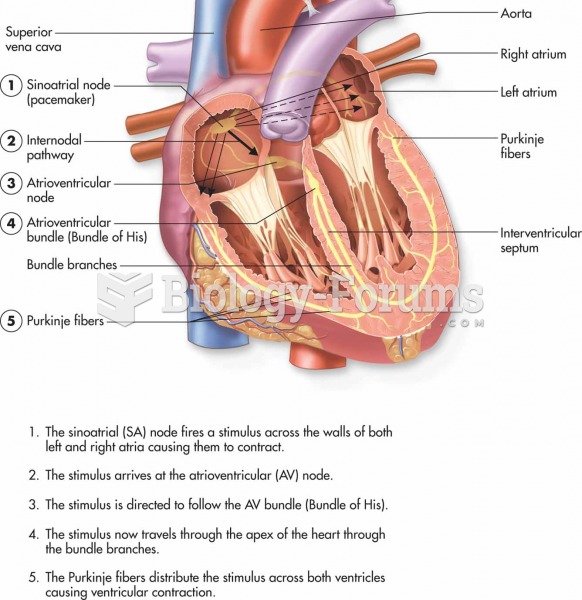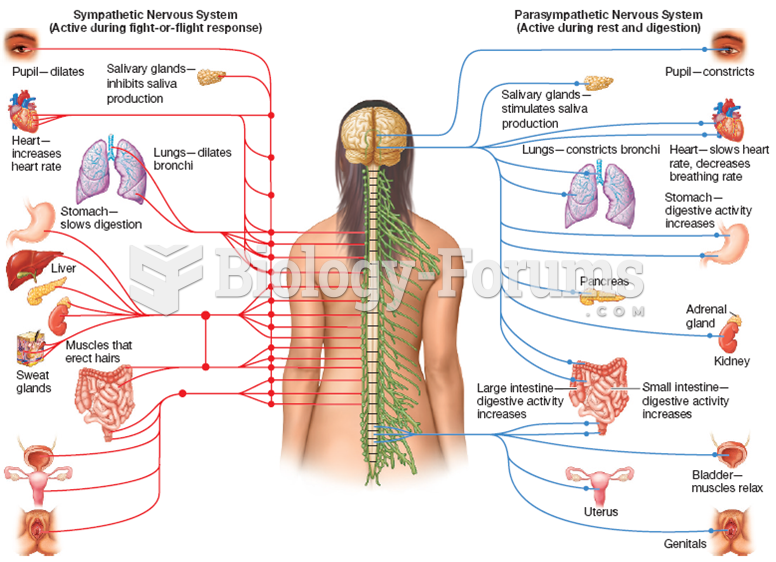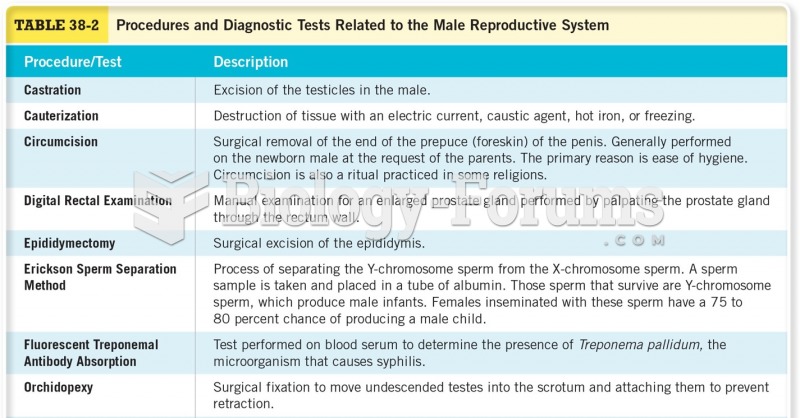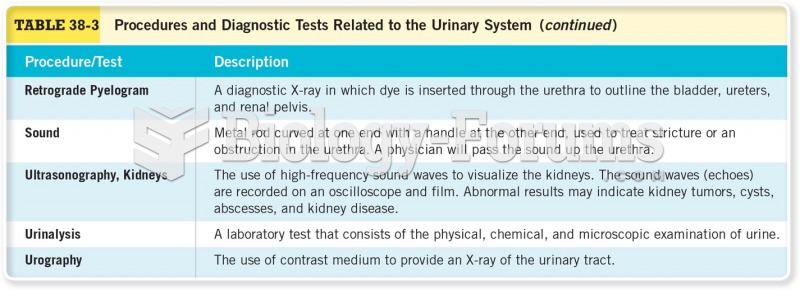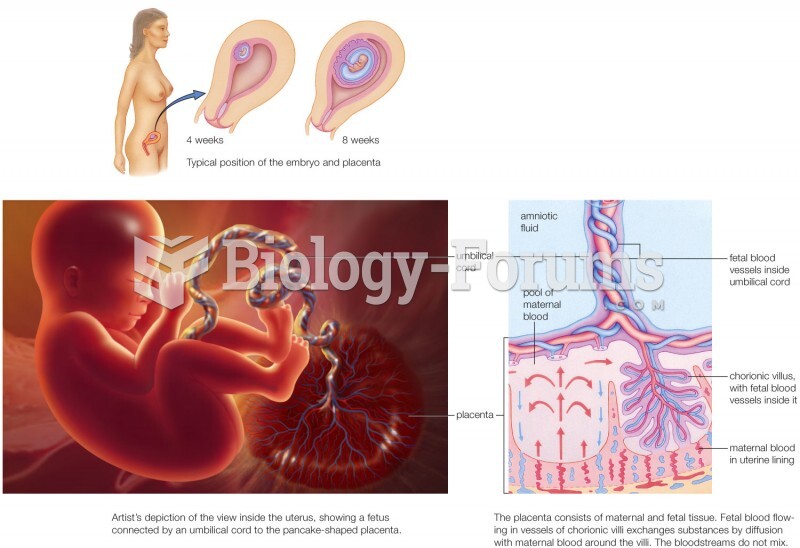Answer to Question 1
Answer: In today's rapidly changing work environment, the need for a sound job analysis system is critical. New jobs are being created, and old jobs are being redesigned or eliminated. A job analysis that was conducted only a few years ago may now be obsolete. Some have even suggested that changes are occurring too fast to maintain an effective job analysis system. Job analysis has traditionally been conducted in a number of different ways because organizational needs and resources for conducting job analysis differ. Questionnaires, observation, interviews, and employee diaries are the most common methods for collecting job analysis information. The importance of job analysis is well documented in the Uniform Guidelines on Employee Selection Procedures. Job analysis data are needed to defend decisions involving termination, promotion, transfers, and demotions. Job analysis provides the basis for tying the HR functions together and the foundation for developing a sound HR program. Data derived from job analysis in the form of the job description/specification can have an impact on virtually every aspect of HR management. In practice, both the job description and job specification are combined into one document with the job specification presented after the job description. For example, job description information often proves beneficial in identifying training and development needs. If it suggests that the job requires a particular knowledge, skill, or ability, and the person filling the position does not possess all the qualifications required, training or development are probably in order.
Answer to Question 2
Answer: Job analysis is performed on three occasions: (1) when the organization is founded and a job analysis program is initiated for the first time; (2) when new jobs are created; and (3) when jobs are changed significantly as a result of new technologies, methods, procedures, or systems. Job analysis is performed for the purposes of staffing, training, performance appraisals, compensation, safety, labor relations, and legal issues. The people who participate in job analysis should include, at a minimum, the employee and the employee's immediate supervisor. Large organizations may have one or more job analysts, but in small organizations line supervisors may be responsible for job analysis. Organizations that lack the technical expertise may use outside consultants to perform job analysis.


